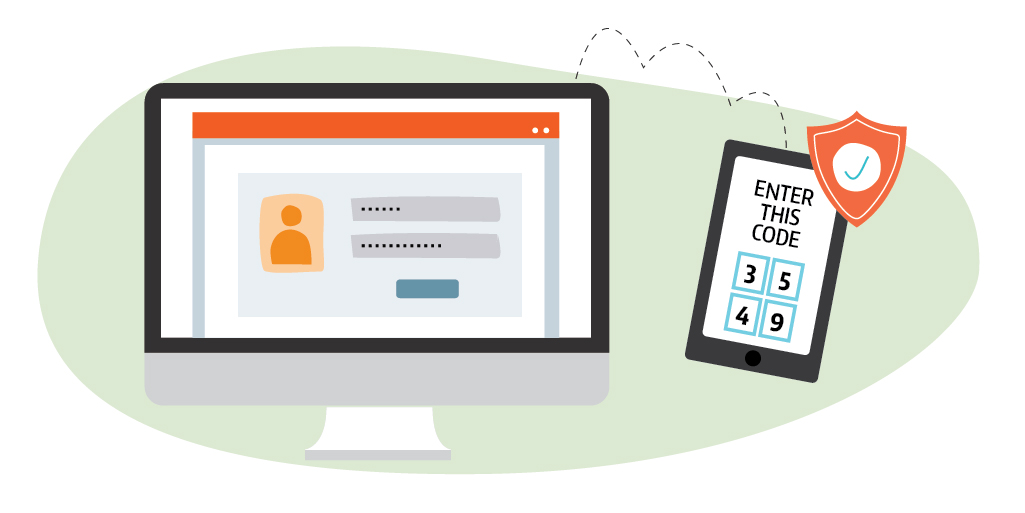
Multi-factor and 2 factor authentication methods were introduced as an additional security measure to protect a user’s login. A user will typically have a user name and password to access an application or account. However, cyber crooks have used numerous means to steal a users credentials through various unethical measures. This could be through a data breach where the victim’s credentials have become publicly accessible, or through a phishing email, or by using brute force attacks.
Users have been educated regarding the necessity of using strong passwords. This makes them harder to crack. A unique password for every application will prevent all accounts becoming accessed should one account become compromised.
To further protect sensitive data, MFA/2FA were introduced. This additional security option can fortify the overall defenses against unauthorized access. Basically, MFA/2FA would mean that the cyber criminal would have to have access to the additional factor to authenticate against the account.
Options include:
Biometrics-Such as eye and finger scans, facial recognition, behavioral traits (how a person walks, types or handles a device)
Tokens-Physical hardware keys, One time passcode (OTP)
Authenticator apps-Google and Microsoft provide these types of authenticators. This application provides a time-based, one-time password (TOTP)
Single Sign On (SSO)-Enables a single set of credentials to access multiple applications. In this case, the service provider is a trusted source for the application.
Certificate based– A digital certificate is issues by a certificate authority. Public key cryptography is used to identify the user’s identity.
Whatever method you choose, understand that you are fortifying the security of your login and keeping the cyber thieves at bay.
Resources:
Types of Multi-Factor Authentication
